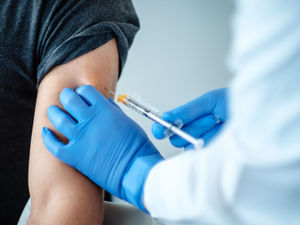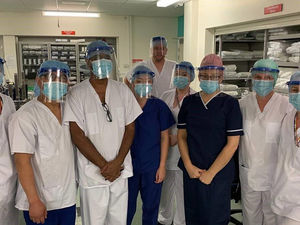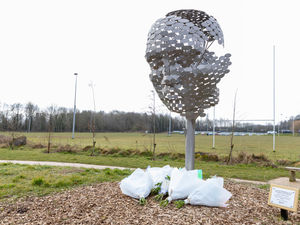National lockdown leads to large drop in covid cases across Shropshire
Lockdown has led to a massive fall in the number of positive Covid cases in Shropshire, figures show, as the county prepares to enter the new tiered restrictions.
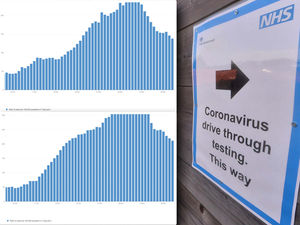
Tomorrow the entirety of Shropshire – both the Shropshire Council area and the Telford & Wrekin borough - will be under the Government's new Tier 2 regulations.
This means that people will not be able to mix indoors with people from outside their household or support bubble and will only be able to go to pubs and restaurants to eat a "substantial meal".
A major national study shows the lockdown has cut cases by a third in England, and government data also shows a huge drop in the number of positive tests in Shropshire.
However, a leading public health official has said that while the progress is welcome – and a result of significant efforts from the public – more progress will be needed before restrictions can be lifted further.
More Covid-19 coverage:
For the first week of lockdown, starting on November 5, there were 826 positive tests in the Shropshire Council area and 678 in Telford.
In the week beginning November 21 – the most up-to-date figures provided by the government – the number had fallen to 371 in Shropshire and 334 in Telford & Wrekin – with both areas also showing a drop in the rate of cases per 100,000 people.
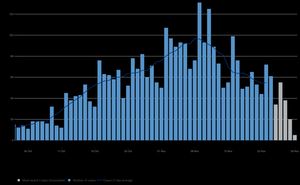
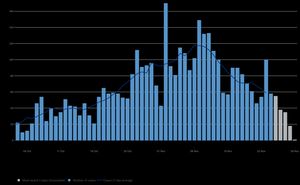
Rachel Robinson, Shropshire’s Director of Public Health, has welcomed the drop in cases, but urged people to continue following guidelines in an effort to maintain the progress.
She said: “I know many of us would have been hoping to be placed in Tier 1, but I believe this is the right decision for our county. While infection rates in Shropshire remain lower than in many parts of the country, we are still seeing cases in every area of our county, and across all age groups.
“There is good news. In Shropshire, during the week November 13 to 19 we recorded 245 fewer cases and our seven-day infection rate stood at 168.7.
Encouraging
"This is really encouraging, and I would like to thank everyone across for their efforts in helping us reduce our infection rate. I think everyone’s commitment, coupled with the Government’s preventative measures, has had an impact. But our infection rates, as well as the and pressure on our local hospitals, need to reduce before measures can be eased further.
“A lot of people’s minds will now be focusing on the festive period. We must continue to be extremely careful – we need to limit our contact with people outside our household and support bubbles, maintain social distancing and do all we can to protect ourselves and our loved ones.
“The festive period is an important time for many people of all faiths, and that’s why we need to keep going and continue to drive down our rates of infection
"We can do this collectively by following the guidance provided, respecting social distancing, washing hands, wearing face-coverings, self-isolating when we are asked to do so, and booking tests at one of our Shropshire sites.
“We can turn this around, but everyone must do what they are being asked to do. If you follow the guidance you can make a difference. If we continue to pull together as a community to help stop the spread, there’s every chance we could move into a lower tier in the near future.”
The national study from Imperial College London shows a 30 per cent drop in cases across the country over almost a fortnight last month.
More than 105,000 volunteers were tested in England for the ongoing research.
According to round seven of the study, there were 96 people infected per 10,000 between November 13 and 24, down from 132 per 10,000 between October 26 and November 2.
Professor Paul Elliott, director of the programme at Imperial, said the findings suggest the tiers before the beginning of November, followed by the lockdown, had helped bring cases down.
He said: "Our robust data offers encouraging signs for England's epidemic, where we're seeing a fall in infections at the national level and in particular across regions that were previously worst affected.
"These trends suggest that the tiered approach helped to curb infections in these areas and that lockdown has added to this effect.
"As we approach a challenging time of year, it's even more vital that through our actions and behaviours we all play our part in helping to keep the virus at bay."

